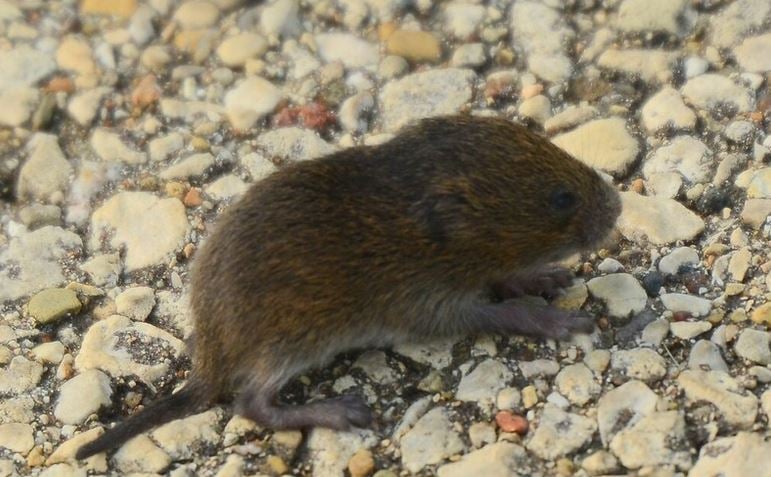Comprehensive Overview to Effective Vole Bug Control: Invasion Recognition and Therapy Methods
In the realm of reliable pest control, vole invasions present an unique difficulty that requires a strategic technique. By discovering the subtleties of vole habits, comprehending vital indications of infestation, and examining an array of control options, one can develop a detailed approach to battle these elusive insects.
Comprehending Vole Habits
Vole actions is identified by their burrowing habits and rapid reproduction prices, making them a tough parasite to regulate properly. These tiny rats commonly produce elaborate tunnel systems underground, utilizing them for shelter, food storage space, and transport. Voles are herbivores, consuming a variety of plants, light bulbs, lawns, and origins, which can trigger considerable damage to gardens, orchards, and grass. Their quick reproductive price additional complicates control efforts, with females capable of producing multiple clutters in a solitary year, each consisting of numerous spawn.
Recognizing vole habits is critical for efficient parasite control strategies. By recognizing their burrow locations, keeping an eye on feeding areas, and carrying out targeted control methods, such as capturing or environment adjustment, vole infestations can be handled successfully.
Signs of Vole Problem

Avoidance Methods
Executing reliable avoidance strategies is important in decreasing vole invasions and protecting plant life from their harmful feeding behaviors (vole lawn damage). To avoid vole invasions, it is necessary to begin by eliminating possible food sources and sanctuary. Keep lawn and plant life cut short, eliminate weeds and debris, and maintain a tidy yard or grass to make the area less attractive to voles. Mounting barriers such as hardware fabric or below ground fencing can also aid deter voles from getting in particular areas. Furthermore, minimizing excess wetness by fixing leaking pipes and making sure correct drain can make the environment much less congenial for voles.
Consistently checking the home for signs of vole task, such as runways and burrow openings, is important for early discovery and punctual activity. If vole task is thought, take into consideration utilizing catches or repellents tactically put near their paths.
Non-Lethal Control Approaches
To effectively manage vole populaces while focusing on gentle techniques, non-lethal control techniques provide practical solutions for reducing vole damages in gardens and landscapes. These obstacles can be hidden at least 12 inches deep and bent at a 90-degree angle to stop voles from tunneling underneath.

Lethal Control Options
One effective approach for dealing with vole infestations in yards and landscapes includes the calculated use of lethal control alternatives. When encountered with a serious vole infestation that non-lethal approaches have actually stopped working to include, executing lethal control actions comes to be vital. Generally, when utilizing deadly control options, it is essential to do so sensibly and in conformity with local regulations to properly handle vole infestations.
Conclusion
To conclude, reliable vole bug control requires a comprehensive understanding of vole actions, identification of indications of infestation, execution of prevention methods, and application of both non-lethal and lethal control methods. By incorporating these strategies, people can successfully handle vole populaces and try this web-site safeguard their you can try here residential or commercial property from damage. It is essential to attend to vole infestations promptly to stop more issues and reduce the effect on the surrounding setting.
Provided the complex tunnel systems and quick recreation rates particular of voles, acknowledging the signs of vole invasion comes to be important in efficient parasite control. One of the primary signs of vole visibility is the presence of surface runways or routes in yard or snow, generally regarding 1-2 inches vast, created as voles travel between their burrows and food resources.To properly manage vole populations while prioritizing humane techniques, non-lethal control strategies provide functional remedies for reducing vole damage in landscapes and gardens.One efficient technique for resolving vole infestations in landscapes and gardens includes the calculated usage of dangerous control options. vole control.In conclusion, go to these guys effective vole insect control needs a detailed understanding of vole actions, recognition of indicators of problem, execution of avoidance methods, and use of both non-lethal and dangerous control approaches